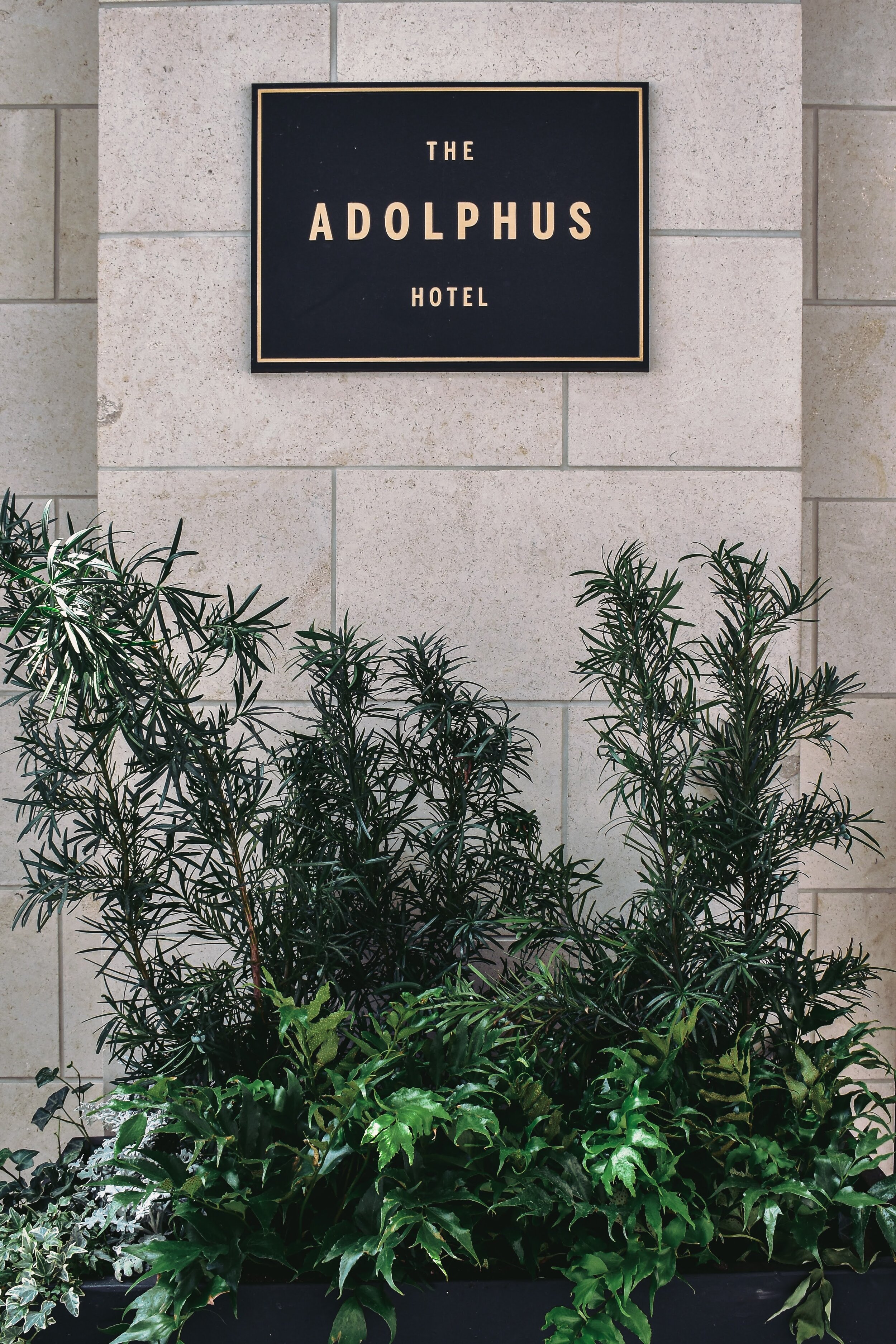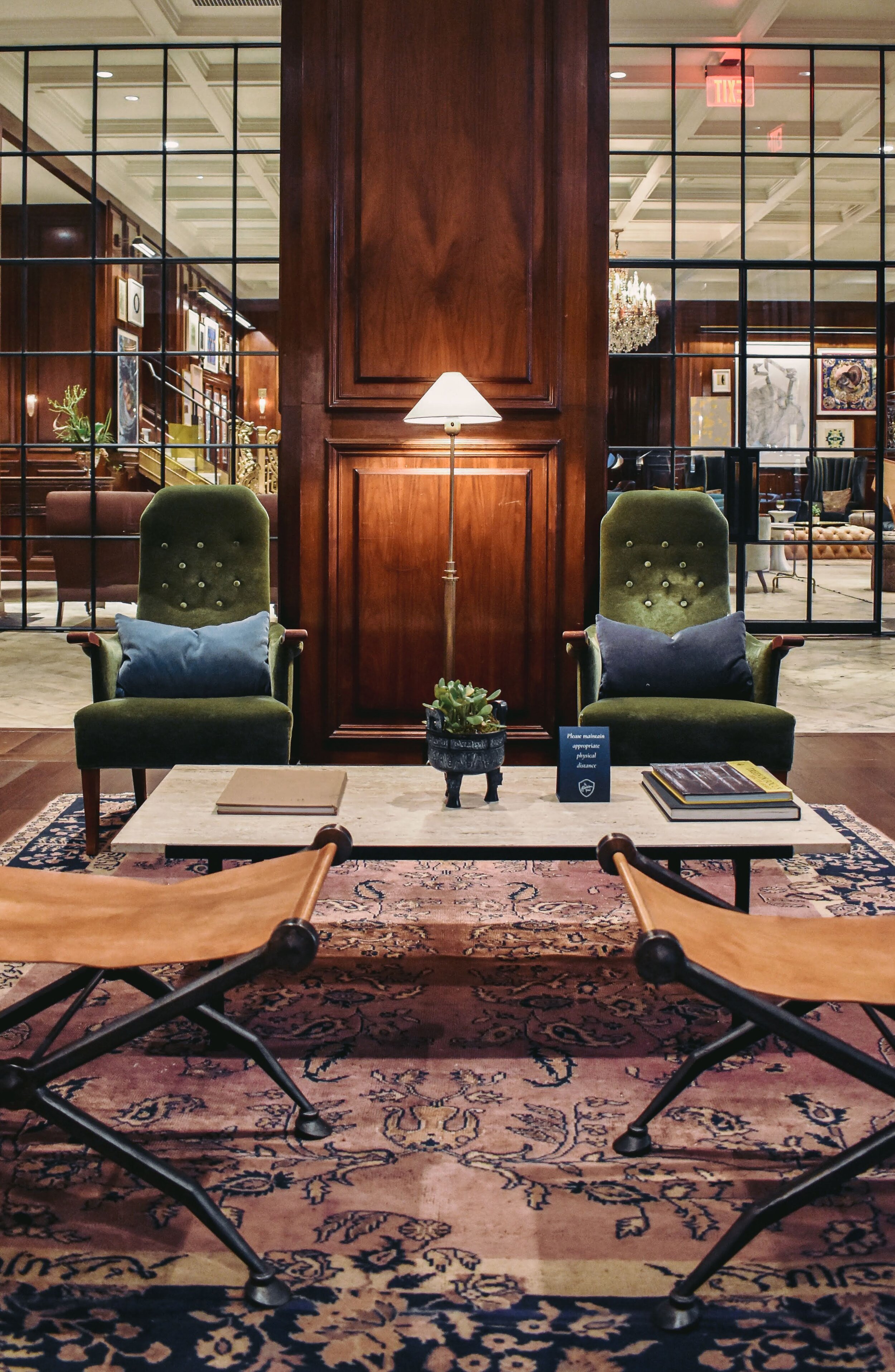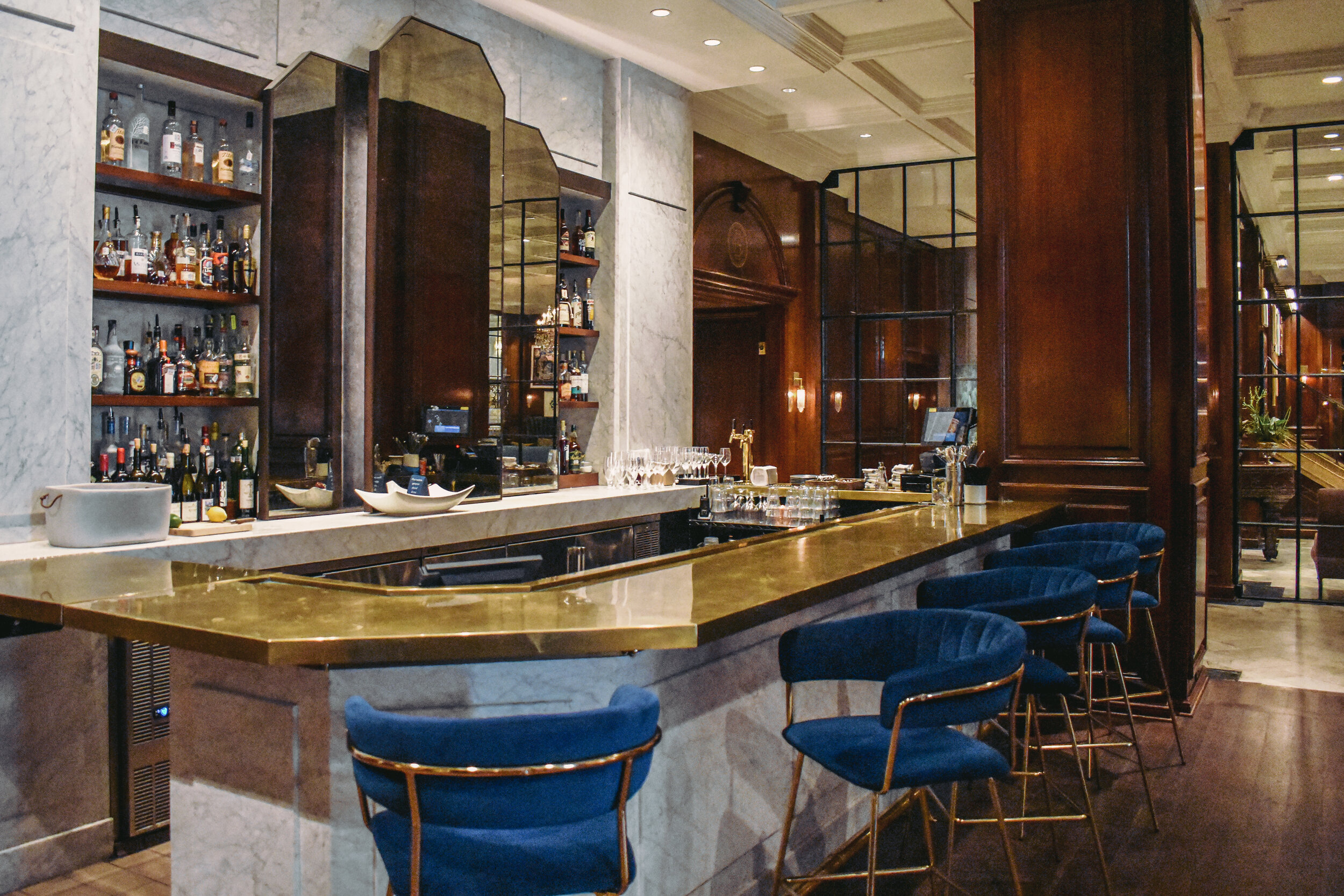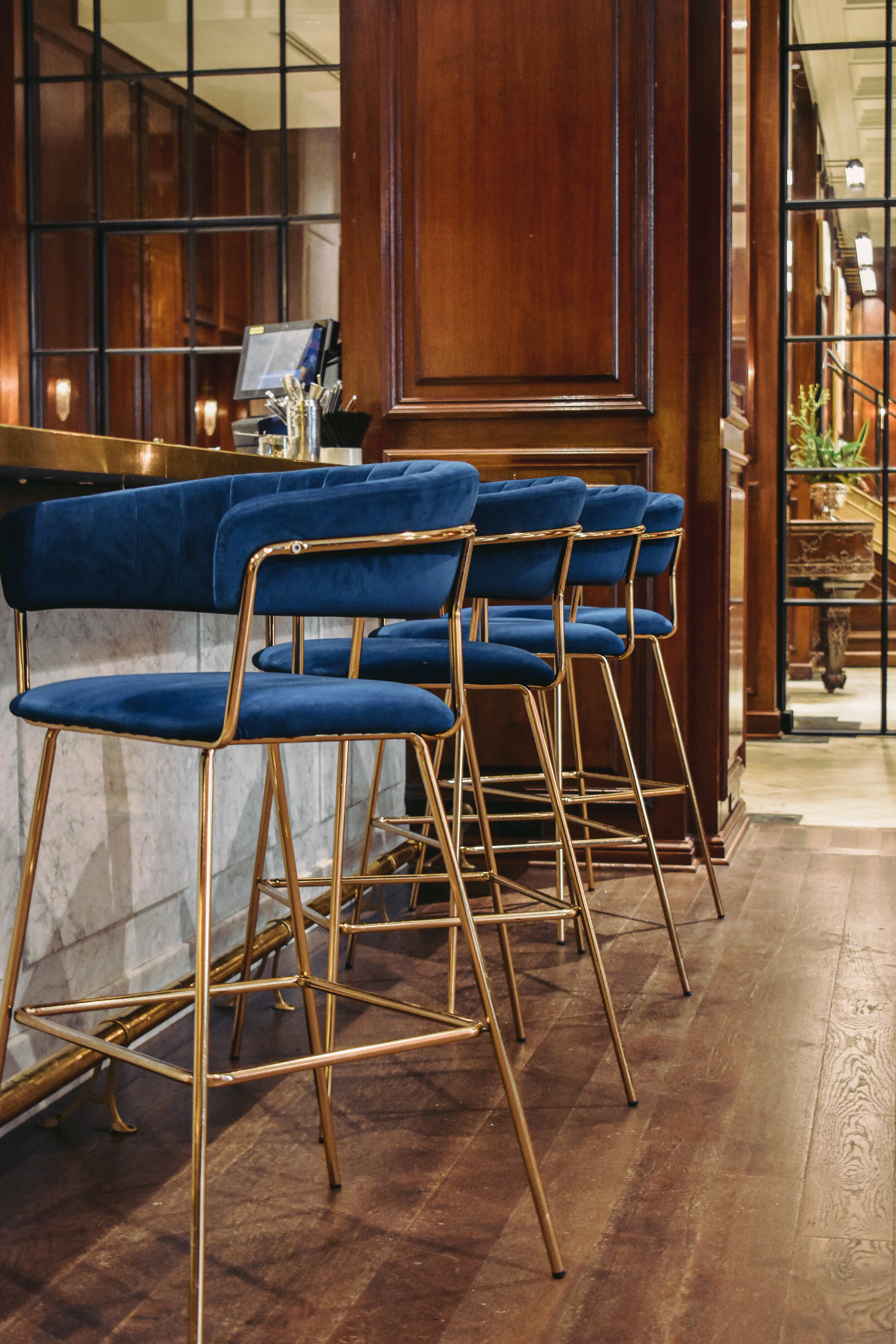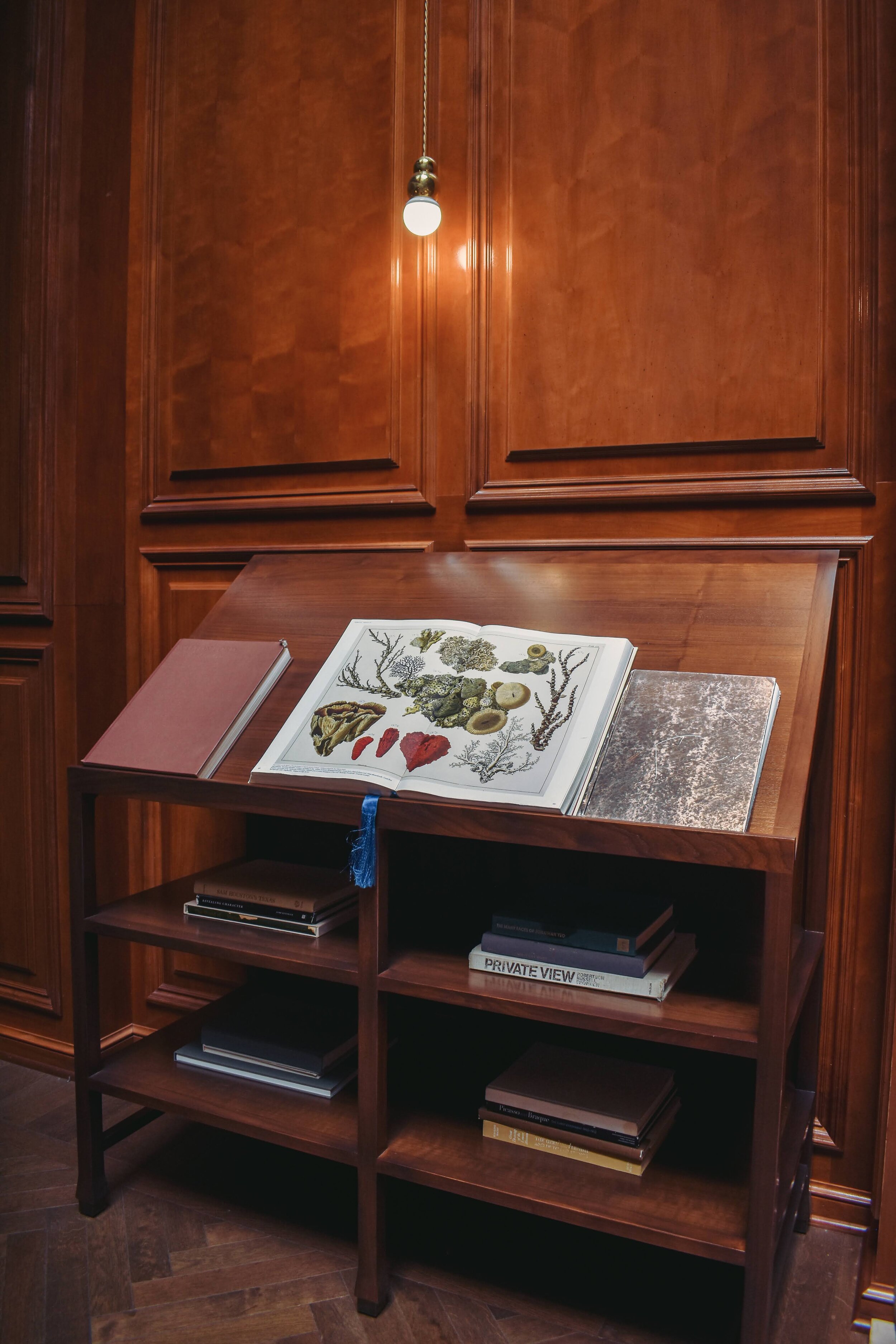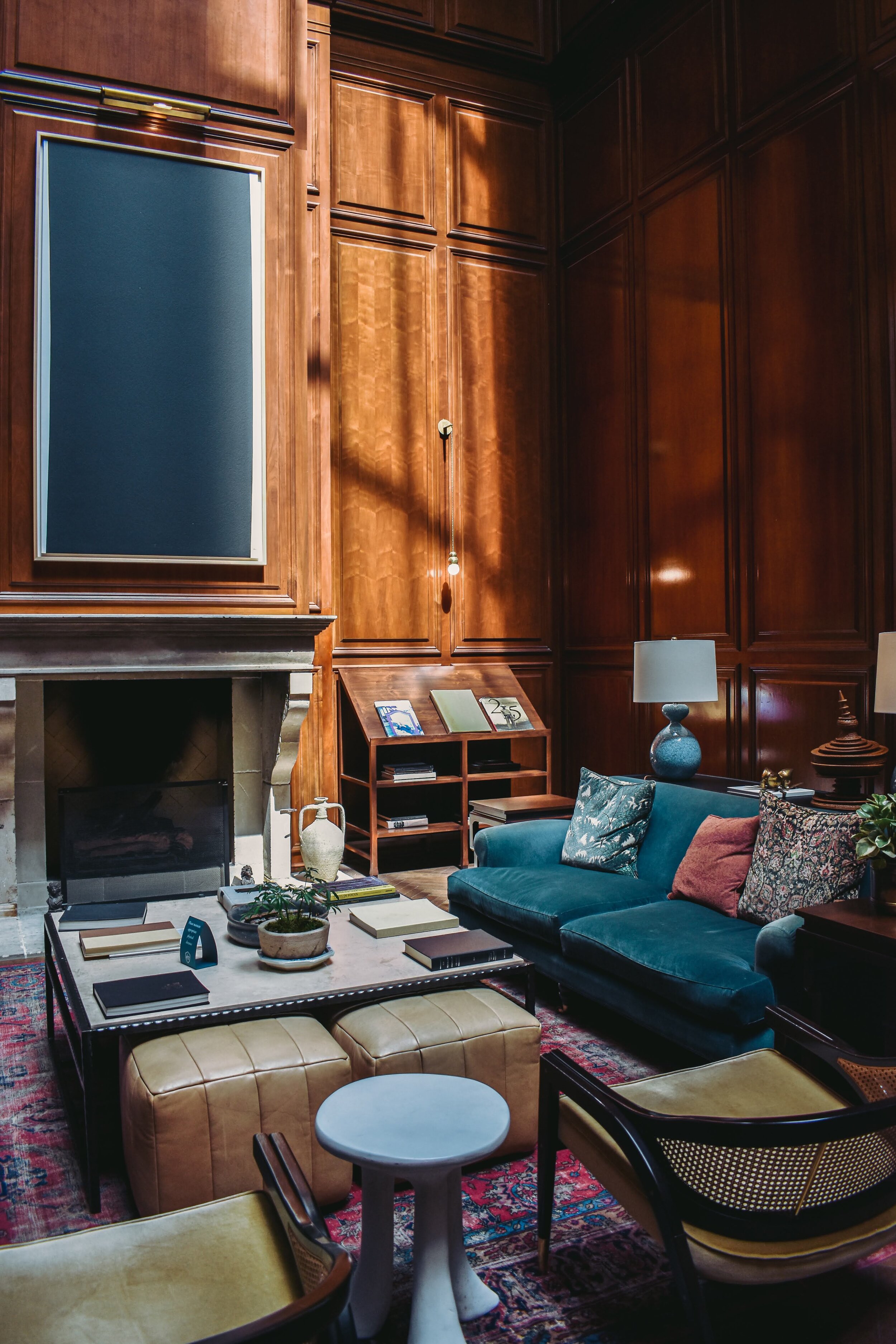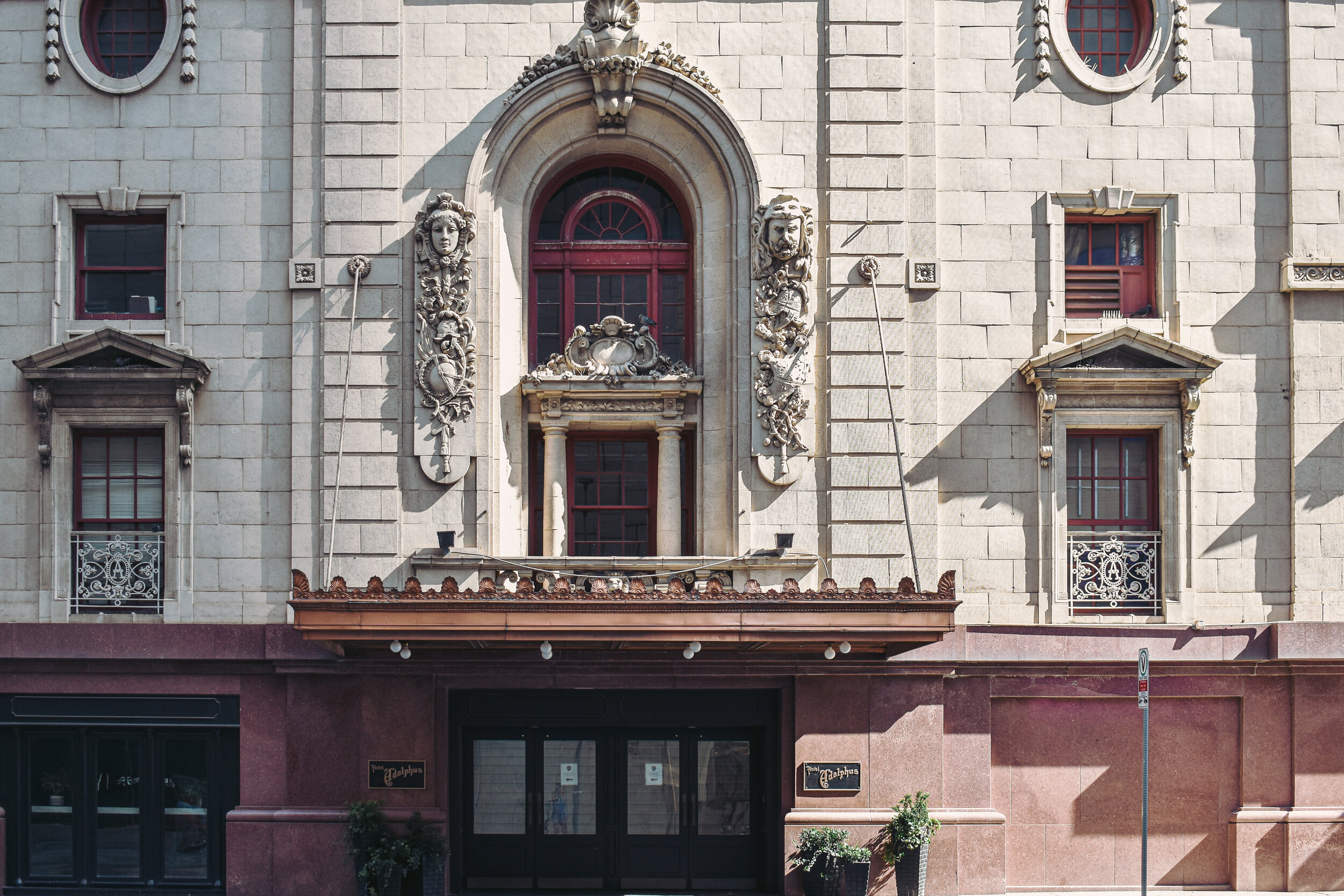Seeking Inspirato with Fernanda in Dallas, Texas
Photo by Maddison, amazing edits by Jess Webb
Who is she?
Name: Fernanda, or Fer (pronounced like “fair”)
Instagram: @Fercha
Age: 26
Works as: Creative Director, Fashion Photography, Graphic Design
Fernanda, or Fer as her “homies” call her, has been a friend for years. I’ve always admired her from afar and found her style to be the definition of class.
She’s the one you follow on Instagram, noticing her every move and perfectly taken photographs. Not from the “insta-perfect” perspective but from the “gosh, she’s cool” perspective.
Fer, when I met her back in high school, was one of the most driven people I had ever met. She knew what she wanted, and that was to be in fashion. Design, production, direction—she knew she had to be there. And as a fashion-lover myself, we connected. I remember her understanding the details in clothing no one else seemed to notice... the seams, the fabric—she had an eye and still does.
She spent six years in London and is now back in the Great State of Texas looking to take her creativity to the next level by starting her own creative design firm: Okay Content
Fer & I met at the historic, and recently renovated, Adolphus Hotel in Downtown Dallas.
Photo by Maddison, amazing edits by Jess Webb
When we sat down, it was such a relief for so many reasons: (1) We are in the midst of a pandemic so seeing another person is a godsend, and (2) she shared some of the most articulate sentiments around clothing I’ve ever heard.
Listen, I know you may think Fer is a shoe-in for Clothing Confidence since she literally went to school for fashion design, but she really is just like the rest of us. She understands the struggles with clothing. So while you might suspect that a fashion major’s journey to Clothing Confidence would center around technical discussions of how cuts emphasize body type or how to anticipate the draping habits of a cotton versus a nylon fabric, Fer’s journey to Clothing Confidence is one of finding inner confidence that could then radiate out in her clothing.
Growing up in a Culture of Modesty
Photo by Maddison, amazing edits by Jess Webb
Fer’s early clothing inspirations were, like many of ours, shaped by the grown-up women she modeled and admired. Her mother and grandmother were chic matriarchs who gravitated towards classic clothing with jewelry and shoes that Fer loved to try on.
“They were modest [in their fashion choices] ... They were never really risky, but they knew how to present themselves.”
The classy approach to clothing became a template that Fer would carry into high school and throughout her life.
As she got older, interactions with clothing had a prohibitive element about them. As a young Latina woman, growing up in Texas, attending a Catholic school, she had an idea about what was “respectable” with clothing that sometimes limited the risks she took in fashion.
For most of us, high school is a time characterized by a paradoxical exploration of who you are as an individual tempered by an agonizing desire to belong to the group. Attending a Catholic school is no different in this, but there is a preoccupation with how to appropriately show your body epitomized by the school uniform.
“It was ... prohibiting. There’s a disconnection with your own body. There’s a sense of shame and how you should dress, what’s respectable, and what’s ok to wear … and as I got older, it was like, ‘Why do I have a sense of shame when I want to wear a crop top?’”
When girls around her transgressed the custom of modesty, Fer was taken aback by their Clothing Confidence:
“I looked at them, and I was like, ‘Oh my gosh, how are they so confident in wearing that?’”
For many of us, this bewilderment at what creates Clothing Confidence in others is our own lack of self-esteem when it comes to our bodies. We’re projecting. We can’t imagine taking risks with clothing, so we are confused when others do.
"There were these moments of judgment ... And I understood that beneath all of that it was this idea like, 'Oh, it's because I want that.'"
Below that criticism is a desire for taking risks, for individual expression, for that same Clothing Confidence we see in others. But Fer saw innovative clothing choices and immediately envisioned the criticism she would get for making those same choices. She imagined people seeing her in a crop top and judging her thinking,
“Oh ok, she went for it … ”
In high school, Fer really wanted to belong, which dictated the way she dressed. She created a fictional narrative around what others would think about her. Would she actually have been scorned for a clothing choice or was this just her own self-censoring at work? Do people care enough about how we dress to take the time to criticize us? Or are we all just busy trying to figure out our own lives and wardrobes?
Photo by Maddison, amazing edits by Jess Webb
Living Abroad, Expanding Clothing Horizons
When Fer moved to London for fashion school, she knew that her history with clothing was different from others. Gone was the comforting (and conforming) security blanket of the school uniform. Her fashion classmates in London Town really took risks, where Fer had always placed a premium on feeling comfortable.
“I’ve always … played it safe ... I want[ed] to feel out of my comfort zone, but feel good in it ... I started seeing people unapologetically around London … They [didn’t] care if they were seen ... I was like, ‘Why can these people do it, and I can’t?’”
Ironically though, all the risks that these London sophisticates took were not ones that Fer mimicked. Some fashion students, like Fer, were still figuring it out. They put too much emphasis on brands and exhibitions of high-end clothing. Sure, the Cut was flawless, but the context was all wrong.
“Ok dude, no one’s gonna wear Balenciaga to class... It really became a fashion show. [I was like,] No, tampoco, come on… The clothes were wearing them.”
Though she is a student of high-end fashion, Fer understands that just focusing on wearing brands is about being trendy, about showcasing your money, about caring too much what other people think. Brands alone do not allow us to exude the inner-confidence that is so essential to expressing positive self-esteem through our clothing. However, they can have a place in our wardrobes.
At her creative directing job in London, Fer learned about high-low styling. She realized that wearing brands isn’t a problem in itself. It’s about being thoughtful about the context. She observed her Clothing Confident co-workers:
“I was surrounded by so many people who owned their clothing … [Creative directors] showed up … to work with designer pants like Dries van Noten ... and I was just like, ‘oh, they’re just wearing a t-shirt with Dries on and some nice shoes, and they call it a day. It’s not even about the pant — the things that you save for a rainy day can be worn every day.’”
This realization was one of many in Fer’s toolkit for embracing a new relationship with her clothing.
Seizing the Day and Throwing out the Crutches
Fer got frustrated with the fact that other people were being unapologetic in their fashion choices and she couldn’t. So, she stopped apologizing and started taking concrete steps towards communicating her inner-self through clothing.
“Why did I have to be so insecure about it when I could just own it? It’s not about being vulgar or being provocative through clothing… [It’s about realizing] ‘I like this ... I don’t care if I look particularly flattering, but I’m gonna do it because I want to wear this.’”
To gain an authentic sense of Clothing Confidence, Fer turned to some clothing confidantes, asking her most stylish friends for advice on how to take risks like all of those fashionable women she admired in London. Some of the list below came from friends, and some came from experience. Here is Fer’s practical advice for going for it every day.
Take pictures of yourself in weird outfits, print them out, and hang them up in your closet. You feel more comfortable and start connecting with what you want more. It allows you to study your own clothing habits and literally see yourself taking risks.
If you don’t start learning how to dress yourself now, you’ll never learn how to express yourself. Today is the day to experiment and learn what makes you feel good. Life is too short to keep showing up in the same outfit that makes you feel ho-hum, plain, or uninspired.
Take safe outfits out of your closet, and throw them away. I’m looking at you safe, work button-down and go-to black maxi-dress. These are the uniforms, the safety blankets that we wear when we aren’t feeling our best. Don’t give yourself the option to wear them.
The thing that you save for a rainy day, can be worn every day. Stop waiting to wear that blouse that you think is too fancy to wear to work (or your next Zoom Meeting). Your favorite pieces are languishing in your closet instead of showing up to help you express yourself.
The Emotional Reality of Becoming Clothing Confident
When you first start stepping out of your comfort zone towards Clothing Confidence, there is a disconnect. You want to be seen; you know there is power in being seen. But it’s uncomfortable because it’s new, and new things are scary! Fer felt this.
“[In the beginning,] I would get mad! … My feelings were, ‘Ugh I’m stuck… what is it gonna take for me to get there?’”
We don’t become confident just because we want to. It is a conscious and constant effort to assess how you are showing up in the world and to push your boundaries.
“The things that I was scared of, really highlighted the body … The things that were flattering were the scariest … I was shying away from what was really working for me … There’s this uncomfortability with being seen.”
Sorry folks, but our histories do not disappear with changes in location, maturity, or even attitude. Studying fashion for years in a foreign country does not erase our bygone days — the culture of Fer’s Texas girlhood was still able to dictate her feelings about clothing and her body. Looking good clashed with the standards she had been brought up with which placed value on modest, classic garments.
And what Fer shows us is that though we can talk about how Clothing Confidence is powerful — getting there can feel anything but empowering.
“There’s a certain percentage [of Clothing Confidence] that you want to be seen ... But there’s another percentage about radiating how you feel inside. There’s a sense of ... ‘Oh my gosh. This feels uncomfortable, but also like, ‘hi.... I’m breaking through a barrier. It’s challenging, but it’s kind of fun.’ … You’re testing the waters with what resonates most with how you feel [about] yourself inside … When that transcends through clothing, you feel more like yourself than ever before. And what happens? You attract everything! You’re magnetic, and you’re owning it, and you’re like, ‘This is so easy! Why haven’t I done this before?’”
That little voice saying “hi...” through our more original outfits is uncertain and scared, but greeting the world a little louder and a little more often literally changes our perspective and the way we interact with the world.
When you feel good about the clothing you’re in, you open yourself up to dialogues with other people about clothing. People start complimenting your top or your shoes because when you put feel-good vibes out there, people are attracted to it. They want to talk about it!
Maintaining the Inspiration
Like most of us, Fer feels the combination of quarantine isolation and a monolithic Instagram culture that standardizes bodies and aesthetics. She warns against trend following because as she flatly states,
“There are never any rules to fashion, ever.”
With that logic, the notion of the trend itself falls apart. It can drain us with its transitory quality of only focusing on what is cool right now. However, she doesn’t want to suggest Instagram is the enemy.
“There’s so much positivity in being your authentic self as well. There’s so many other people that I follow [that are amazing.] Just how [Instagram] is negative, there is also this community of people that are thriving … that you feel are more aligned with you … but I can’t negate the fact that there is a standard. It’s unfortunate. It’s constricting. It’s compartmentalizing. But I’m following more pages that are enlightening and expansive.”
We’ve got to balance what is trendy with what is authentic. We have to listen to our inner voices while still taking risks and trying new garments that will push us out of our comfort zones. Fer challenges us to separate clothing from materialism and instead asks us to think about clothing with intention.
We don’t need to shop to feel good. We need to intentionally find those garments in our closets that make us feel beautiful every time. Fer reminds us that it’s not the garment itself that makes us feel beautiful,
“It’s the way it speaks with that spiritual part of ourselves. It’s so much more than clothing.”
Fer, your philosophical outlook is an inspiration to us all!
Fer’s Outfit and the 4C’s & Dynamic Personal Style
What about this look represents you?
“I’m a sucker for classic silhouettes, and this is very much that. A vintage 1940’s dress that I found on Etsy. At the end of the day, classics are my staple because they are timeless!”
CUT
“My waist is accentuated, so I am more flattered in myself.”
COLOR
“In Europe, I felt I needed to go darker … I got scared about color for a while … but I realized I was a Latina! Color was very much a part of my identity. ”
CLOTH
“It’s vintage, so it’s different but still represents me.”
COMFORT
“I chose it because it was comfy but also cute.”

